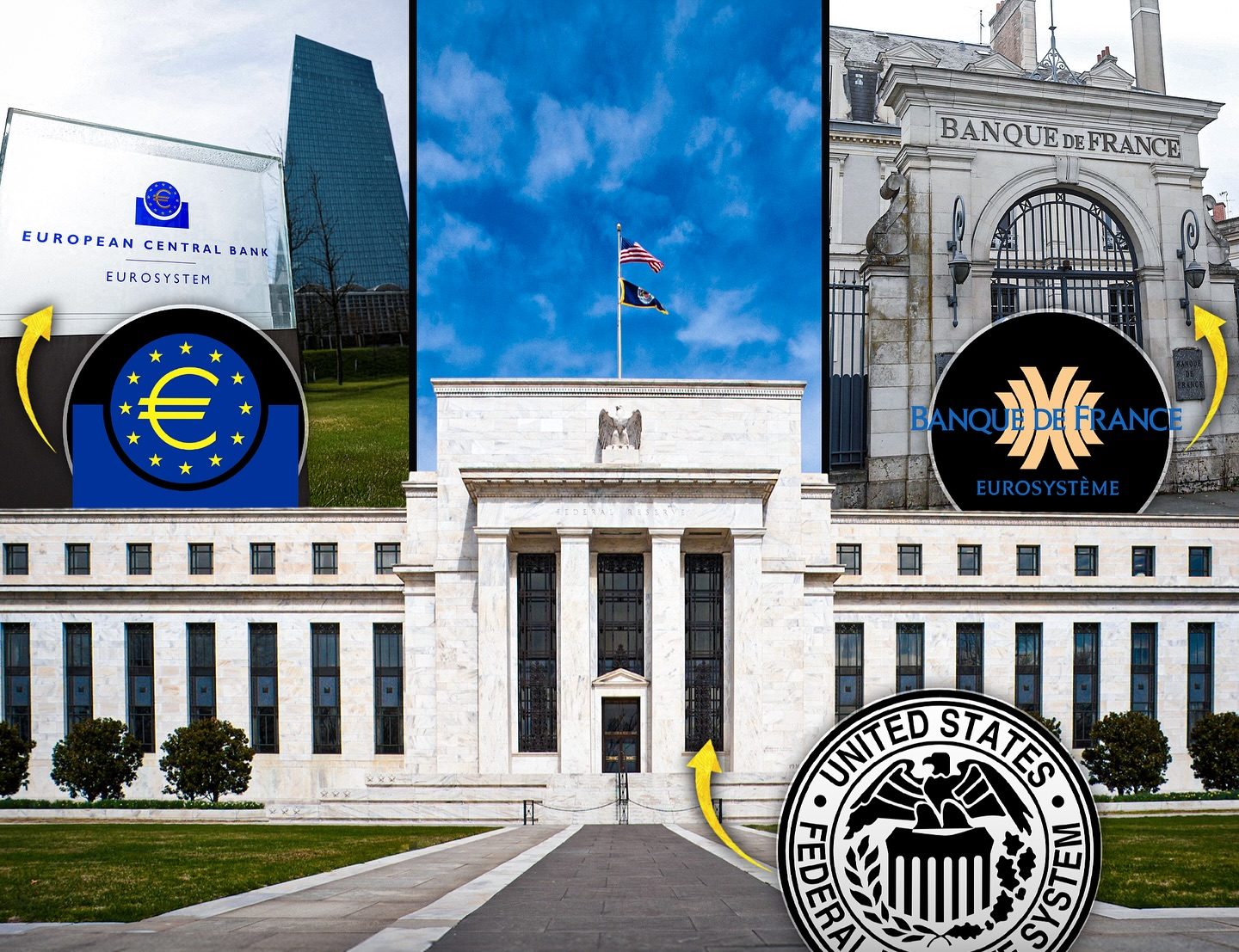Central Banks with the Most Money in the World
There’s a silent force controlling every dollar, euro, yen, and pound we spend — and most of us never think twice about it. Behind the scenes, these institutions don’t just print money. They hold the levers of global power. These central banks aren’t flashy or loud. They sit behind fortified walls and complex systems, quietly managing trillions of dollars that shape economies, fund governments, and cushion crises. Each has its own legacy — forged in war, recovery, innovation, and survival. Today, we’re peeking behind the curtain to understand who really holds the purse strings of the planet.
Swiss National Bank: $0.92 Trillion
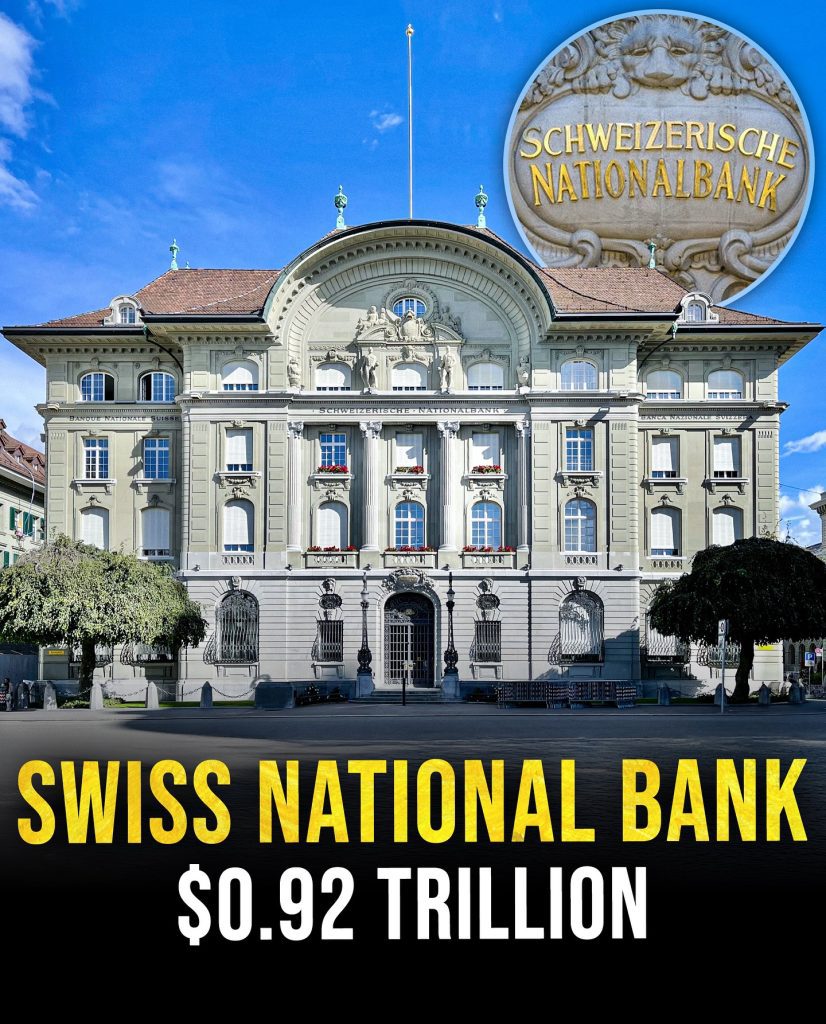
Switzerland is synonymous with safety — and that reputation is largely thanks to the Swiss National Bank. Though smaller in raw reserves at $920 billion, its global influence is outsized. It doesn’t just stabilize the Swiss franc; it’s a quiet engine of global financial security. Neutral through wars and cautious through crises, the SNB has built trust with investors and nations alike. In a chaotic world, Switzerland feels like a vault — and this bank is the key.
Bank of England: $1.05 Trillion
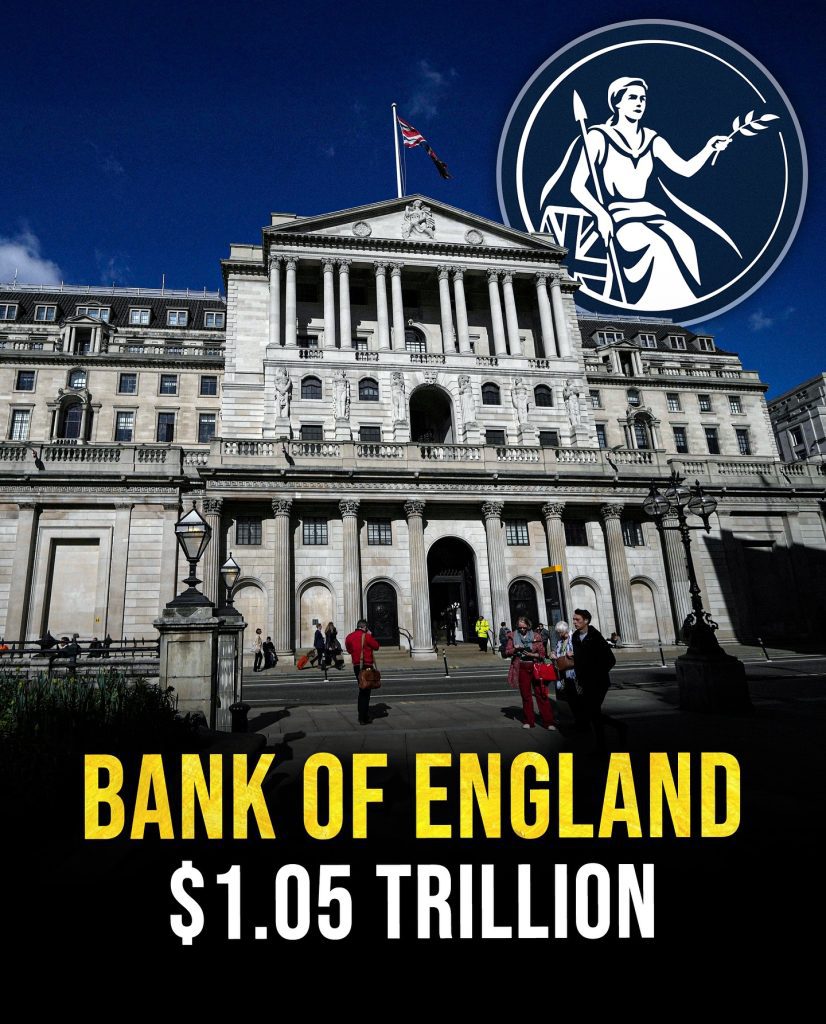
The Bank of England is the oldest central bank still operating — and it carries that age with pride. With over 300 years of history and $1.05 trillion in assets, it’s more than an institution — it’s a symbol. It has weathered the storms of empire collapse, world wars, and Brexit. It helped build the modern financial system and still acts as a model for many emerging banks. But age hasn’t made it obsolete. Today, it walks a fine line — maintaining old-world authority while adapting to new-world volatility. That’s no small feat in a country so divided by its past and future.
Bank of Japan: $4.8 Trillion
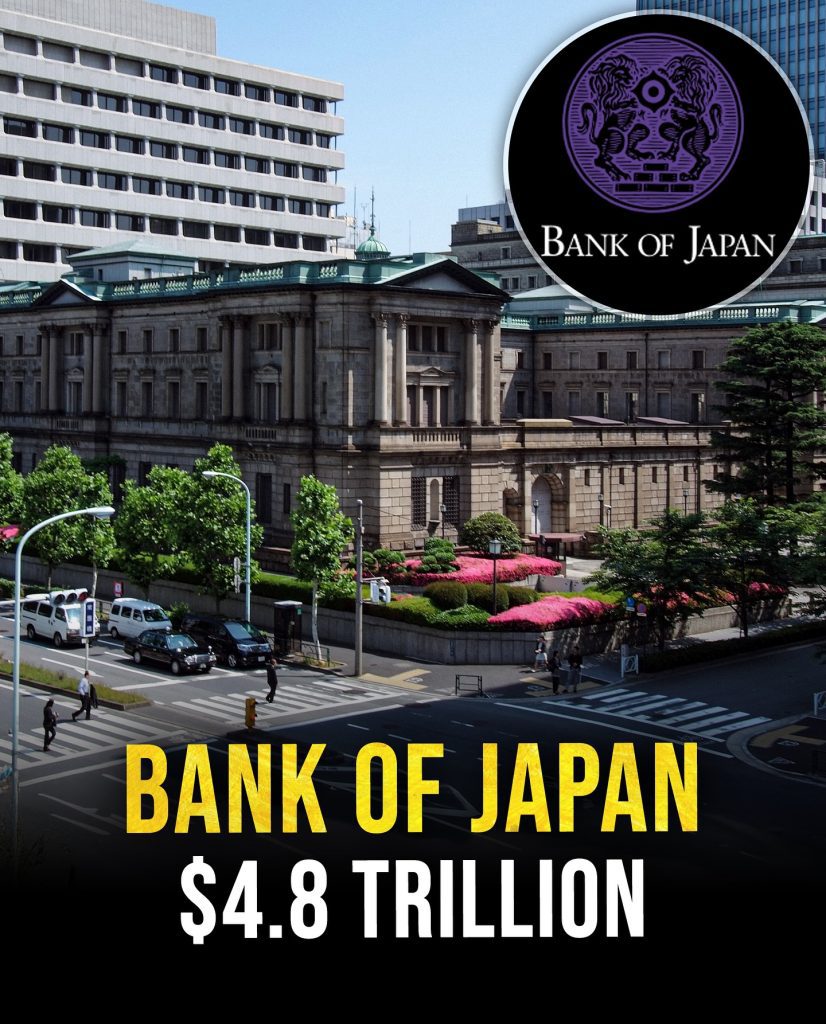
Japan has faced more economic challenges than almost any developed country in recent memory — from the bursting of the ’80s bubble to decades of stagnation and deflation. Through it all, the Bank of Japan has stood firm, adapting in ways few other banks dared to try. With $4.8 trillion under its umbrella, it has pioneered radical ideas like negative interest rates and massive bond-buying programs. This bank doesn’t just manage currency — it experiments with financial survival in a world of aging populations and shrinking growth. It’s quiet but bold, fragile but unafraid.
Deutsche Bundesbank: $2.6 Trillion
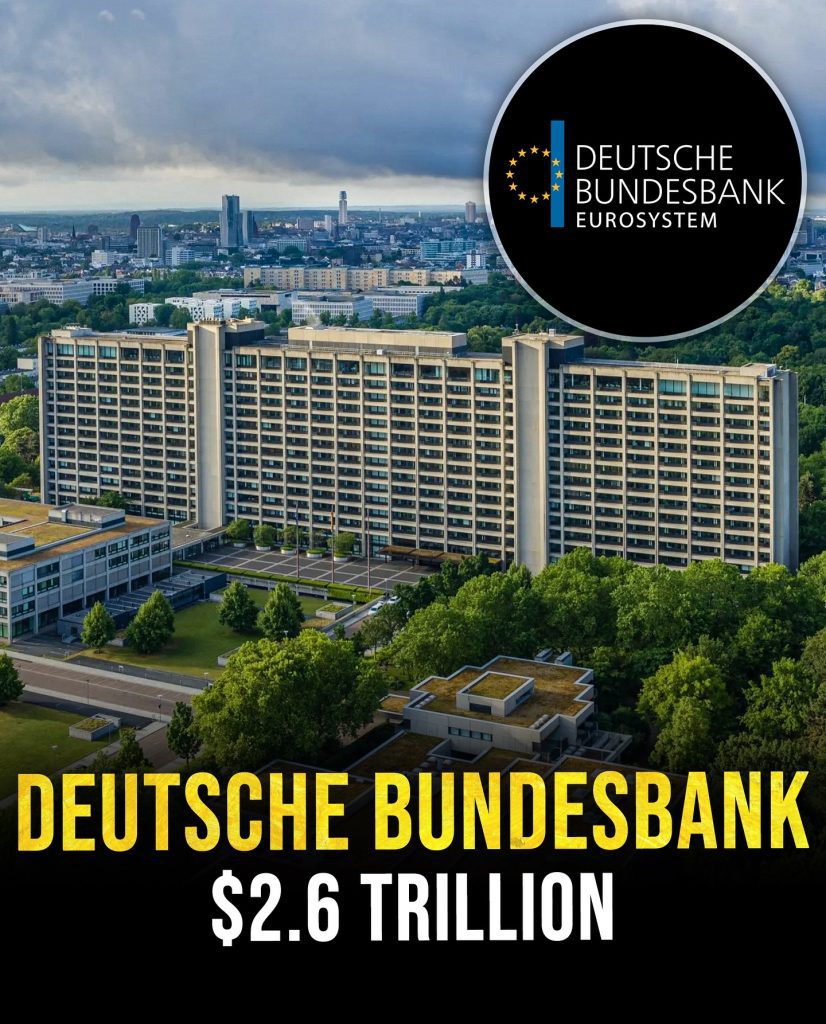
The Deutsche Bundesbank is the soul of German discipline and economic caution. It doesn’t chase headlines or dramatic shifts. Instead, it embodies the quiet power of consistency. With $2.6 trillion, the Bundesbank was once the gold standard for central banking across Europe before the euro unified the continent. And even now, it holds immense influence in how the euro is managed. Its meticulous approach, grounded in historical trauma like post-WWI hyperinflation, has made Germany a pillar of fiscal stability — and the Bundesbank is at the core of that legacy.
Banque de France: $1.7 Trillion
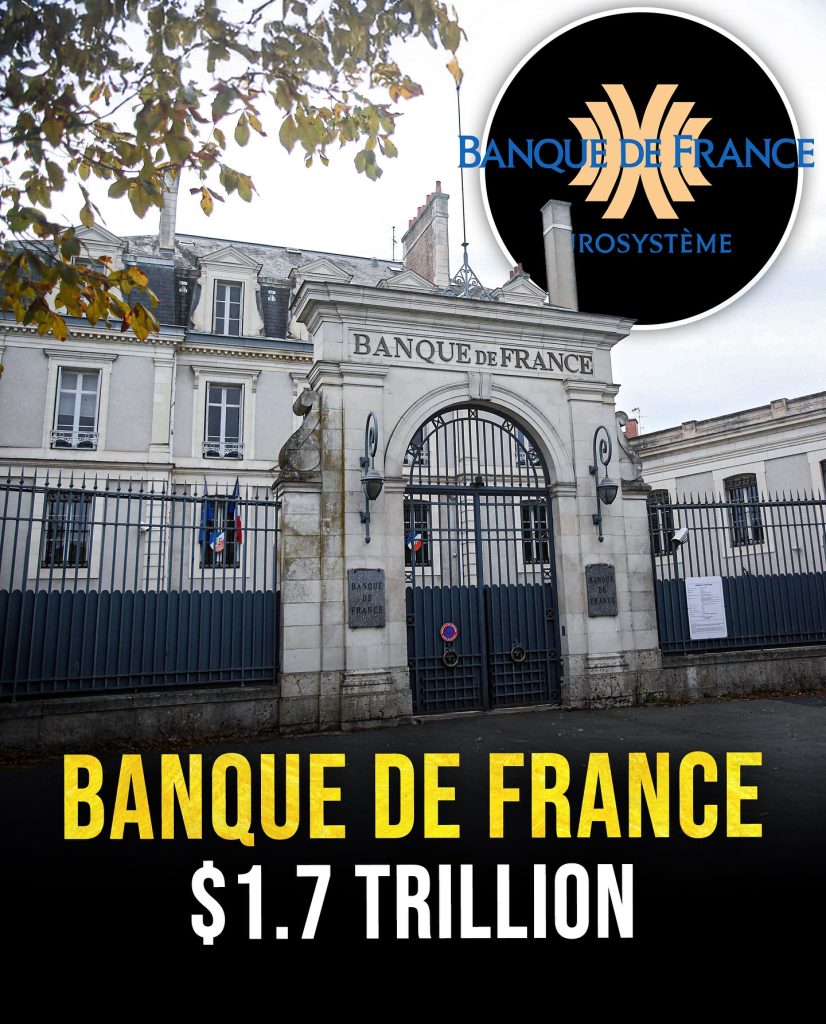
The Banque de France carries the history of revolutions, wars, and empires within its stone walls. Established by Napoleon himself, it has always played a key role in stabilizing France through decades of transformation. With $1.7 trillion under management, it remains a cornerstone of French prosperity and policy. More than just a financial institution, it’s part of the cultural and political identity of the nation. Whether it’s guiding the euro or managing domestic inflation, the Banque de France blends tradition with technical precision in a uniquely French way.
People’s Bank of China: $6.3 Trillion
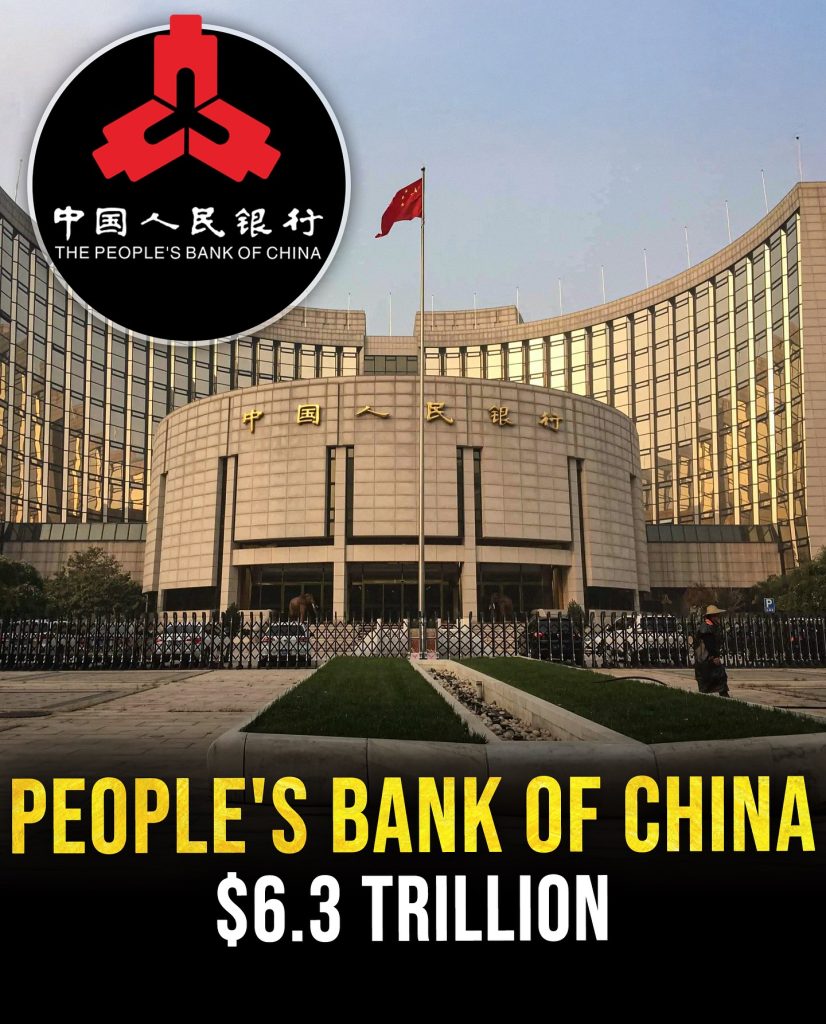
The People’s Bank of China is a different kind of beast. It doesn’t follow the same playbook as Western institutions — and that’s what makes it powerful. With $6.3 trillion, it serves a country that blends market ambition with iron-fisted control. The PBoC doesn’t just regulate currency — it helps steer a rising superpower. It balances China’s internal growth goals with global positioning, navigating debt bubbles, tech expansions, and trade wars — all while keeping the yuan relatively stable. This isn’t just a bank; it’s a geopolitical tool with global consequences.
Federal Reserve: $6.7 Trillion
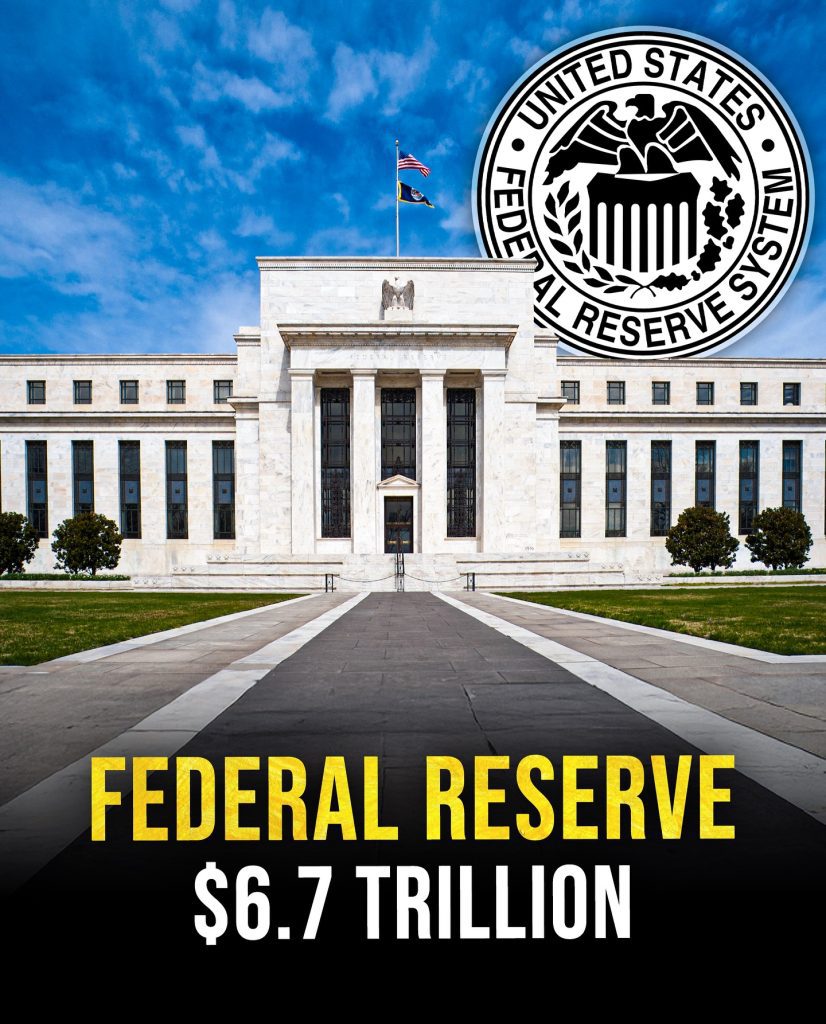
The Federal Reserve isn’t just America’s central bank — it’s arguably the most influential institution in the financial world. The decisions made behind its doors ripple across continents. With the U.S. dollar still reigning as the world’s reserve currency, the Fed’s $6.7 trillion arsenal isn’t just used for domestic balance — it’s used to calm global storms. From interest rate tweaks to trillion-dollar bailouts, the Fed is the silent hand behind every major financial turn in the last century. When the world panics, it looks to the Fed.
European Central Bank: $6.7 Trillion
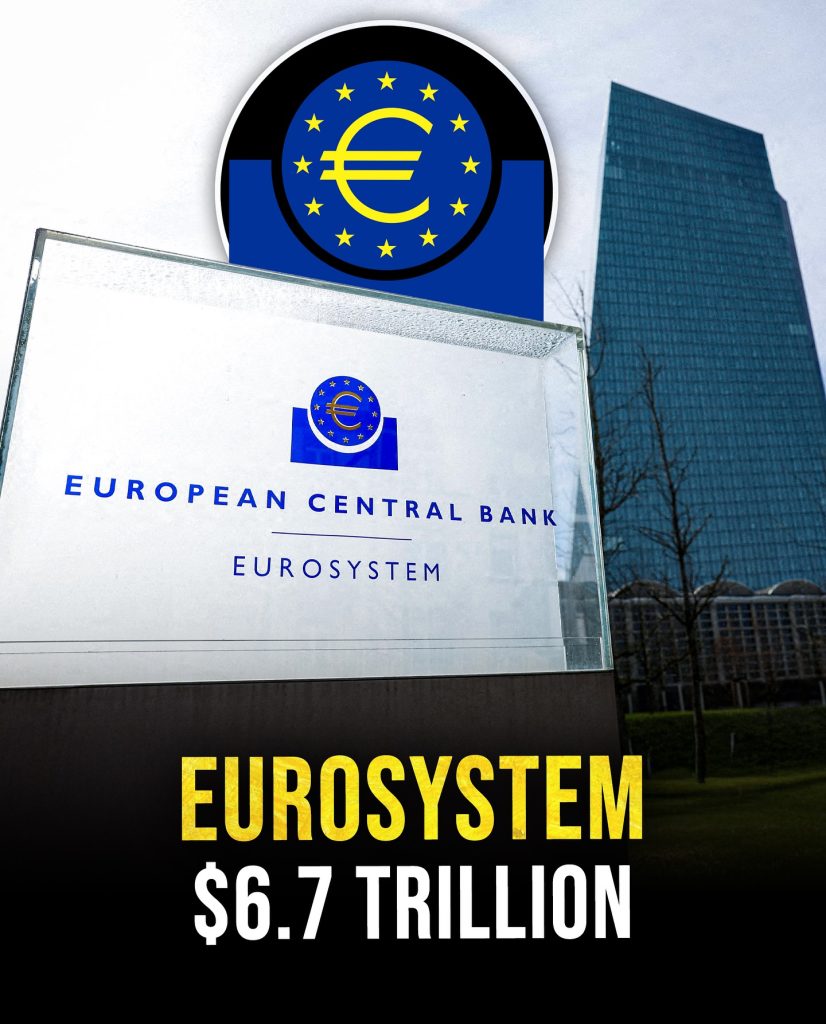
The European Central Bank might not have the centuries-old legacy of some of its counterparts, but in just a few decades, it has become one of the most powerful financial entities in the world. Born out of the European Union’s dream of unity and stability, the ECB is the beating heart of the eurozone. With $6.7 trillion under its command, this bank doesn’t just protect the euro — it keeps the balance between wildly different economies like Germany, Greece, and Portugal. The ECB is more than a bank. It’s the glue that holds together a continent trying to function as one.

